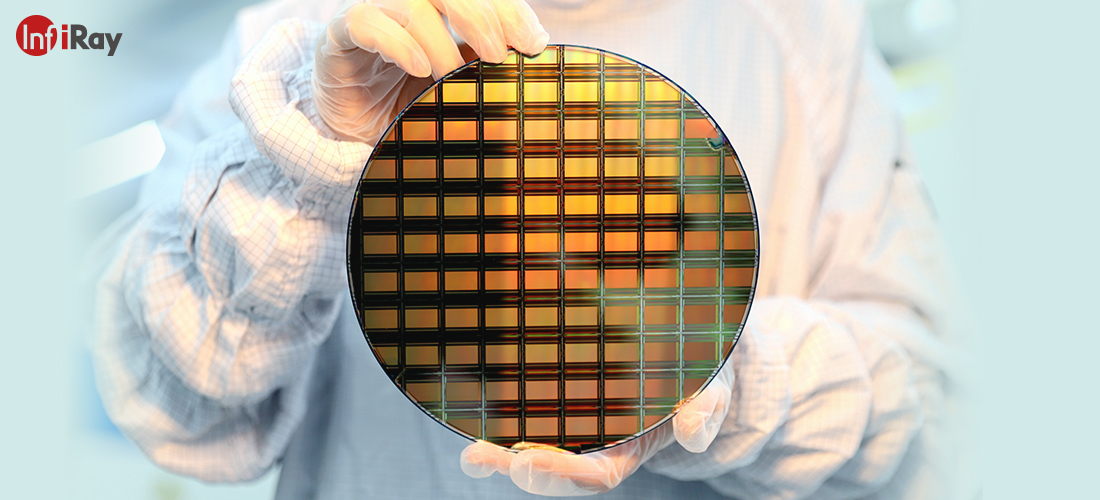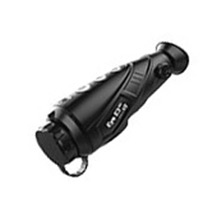
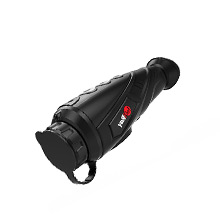
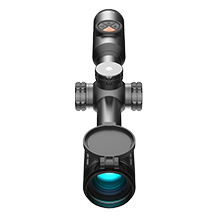
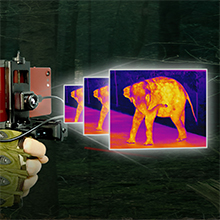
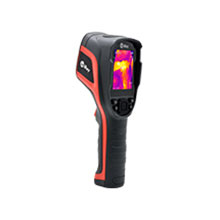
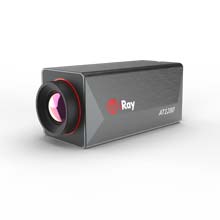
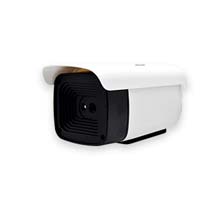
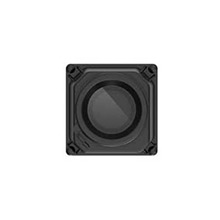
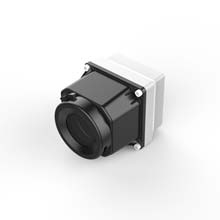
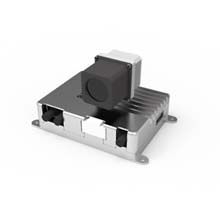
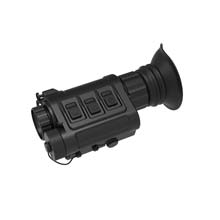
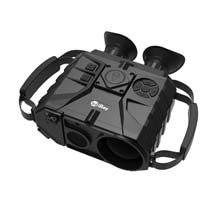
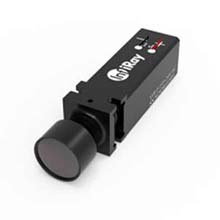
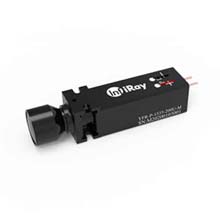
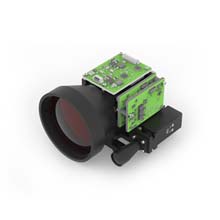
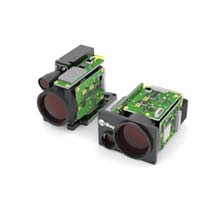
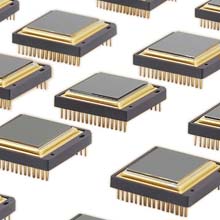
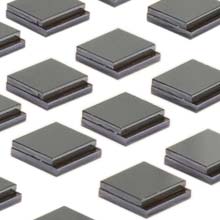
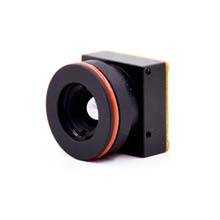
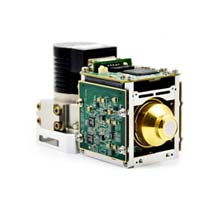

1st 8μm
Infrared Detector

Ultra Clear –
Crisp and Sharp Images

AI-Temp
AI-Temp Measurement Technology

7,200,000 Infrared
Chip Production Capacity
InfiRay, leading manufacturer of uncooled IRFPA
R&D engineers account for 48% of total 1200+ staff. Thanks to their hard work on IC, MEMS sensors, image processing algorithms, and temperature measurement algorithms, InfiRay has been authorized and accepted with 787 intellectual properties.
More than developing, InfiRay is also a manufacturer of thermographic products and solutions. With powerful R&D ability, all the products have completely independent intellectual property rights. InfiRay is well known among global customers for the professional and competitive infrared thermal imaging devices and solutions, which includes infrared detectors, thermal camera modules, thermal screening camera, night vision thermal cameras, and thermographic cameras for temperature measurement, etc.
They have been applied in various fields, including outdoor hunting, night vision, industrial thermography, surveillance, firefighting, epidemic prevention, smartphone, AI, machine vision, and auto-piloting.
